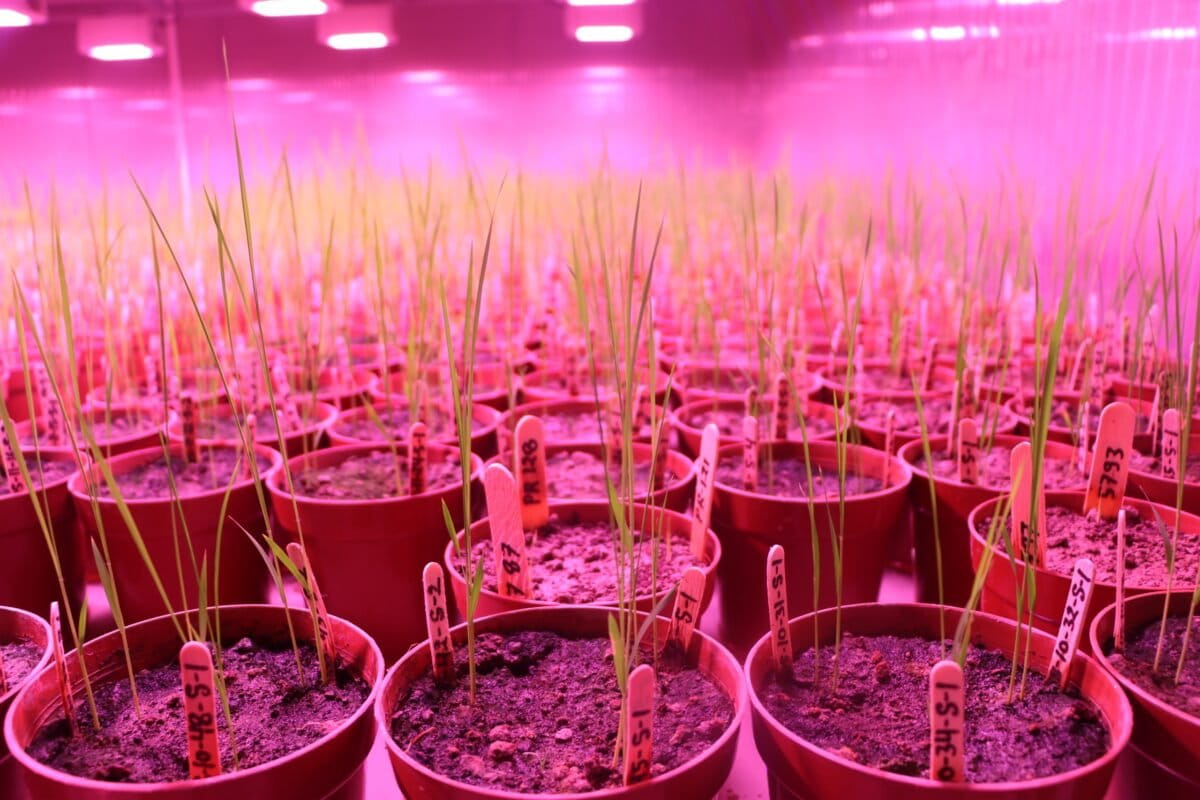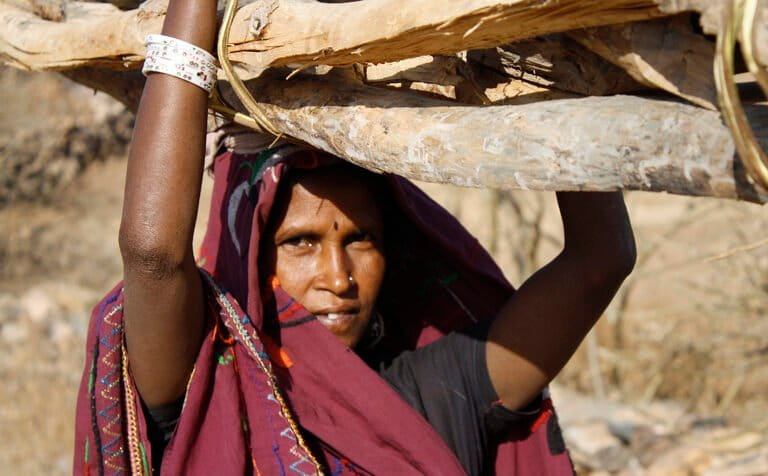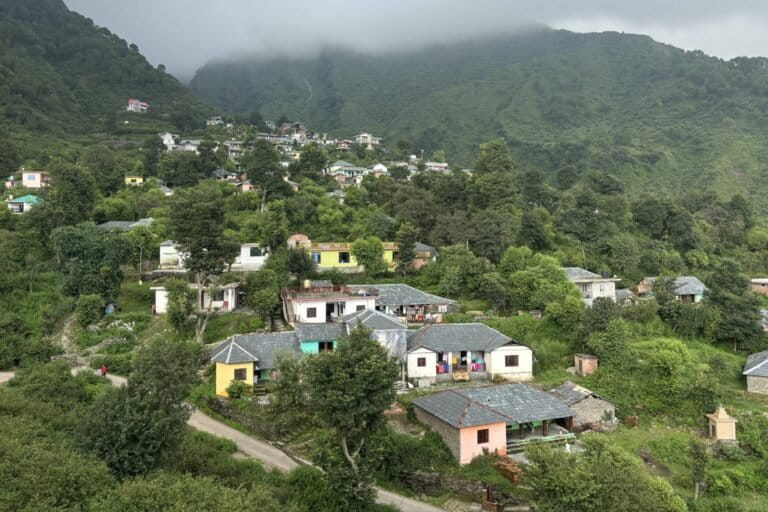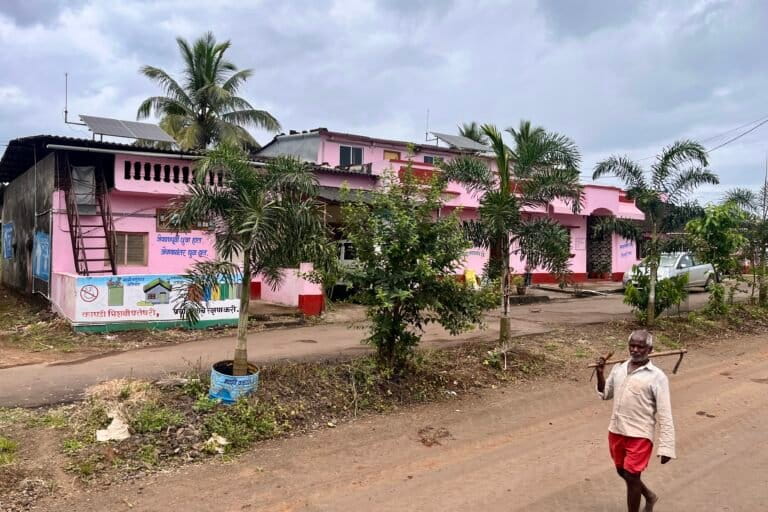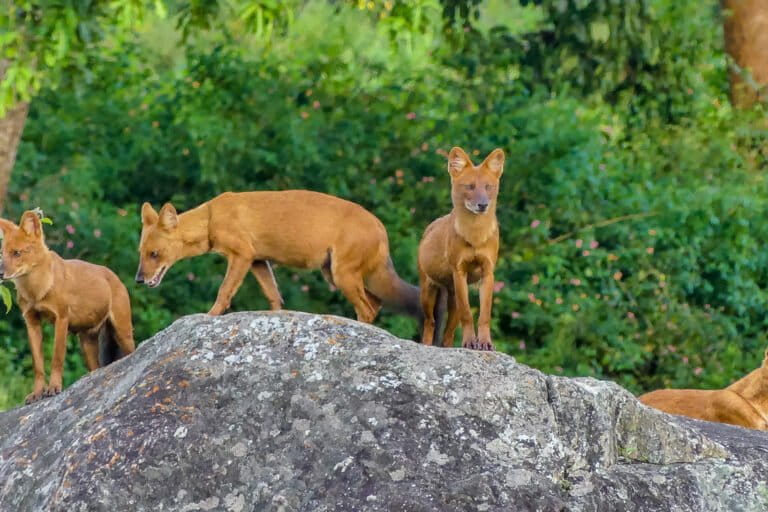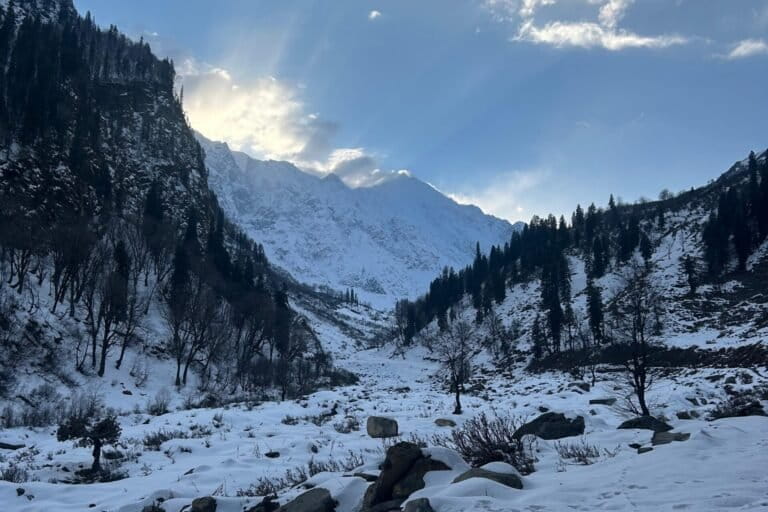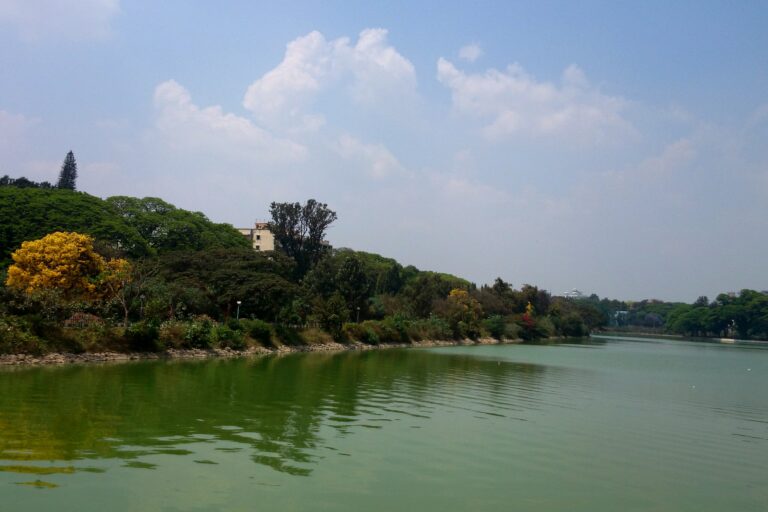- Pune has witnessed both Zika and Guillain-Barré Syndrome (GBS) outbreaks in the past one year.
- Climate-sensitive infectious diseases like Zika spread primarily through mosquito bites and are set to rise as the planet continues to heat.
- Improved surveillance that is guided by predictive models is needed at the local level to improve public health response.
Until the end of 2024 Pune had recorded 151 Zika cases, the World Health Organization in a bulletin said, and no cases of Guillain-Barré syndrome (GBS) – a rare neurological disorder.
That changed quickly. By February 2025 the western Indian city had recorded 190 cases and seven deaths from GBS.
While Zika can cause serious birth defects in babies when pregnant mothers are infected, GBS can lead to near-total paralysis and can be life-threatening. Both the outbreaks have received attention, but what has gone under the radar is that they often go hand-in-hand. Scientific consensus is that often GBS outbreak is associated with Zika outbreak, but not much is known about why. GBS often follows an infection with a virus or a bacteria, Zika being one of them, according to the WHO.
“Evidence from previous Zika outbreaks suggest that one out of every 4,000 to 5,000 Zika virus infections may trigger GBS, typically around one week later,” Elizabeth Brickley, Professor of Epidemiology & Planetary Health at the Centre for Epidemic Preparedness and Response at the London School of Hygiene & Tropical Medicine (LSHTM) told Mongabay-India in an email response. “As GBS is a rare complication of Zika virus infections, clusters of GBS cases are typically only detected during large-scale Zika outbreaks,” Brickley said.
While the current GBS outbreak is being managed and investigated, and being linked to contaminated water sources, the larger issue of climate-health links continues to be overlooked.

Former WHO chief scientist Dr. Soumya Swaminathan told Mongabay-India that outbreaks can never be fully prevented. Response to such outbreaks ought to be improved surveillance which is getting stronger in India, she said, and predictive capacity of the public health system using AI models. “Modelling will only be useful if the climatic data, health data from the hospitals and the health centres and the virological or etymological data are all combined. That is the power of modelling. Now, because our data sits in silos, we have to identify institutions and ask them to give access to the data, and then ask them to do the model,” she said.
Climate-sensitive diseases set to worsen with global warming
Infectious diseases like Zika and dengue are spread primarily by the Aedes aegypti mosquito, although Zika can also be contracted through sexual contact and blood transfusion.
Zika is also projected to rise further in a fast-warming world. Zika outbreaks have risen and worsened in the past two decades. Countries in South America like Brazil have seen huge outbreaks of the virus. Alongside, they also saw outbreaks of GBS, confirmed WHO. By the year 2020 another 1.3 billion people are estimated to be exposed to Zika virus, according to a study published in 2021.
“Zika virus can cause explosive epidemics, especially in cities where populations have little pre-existing immunity to Zika virus and where Aedes mosquitoes are common,” Brickley said. “Surveillance for new outbreaks of Zika virus infections, congenital abnormalities like microcephaly, and cases of GBS remains a critical tool for informing the rapid public health response to Zika,”.
It is possible to get an advance warning of up to two months for infectious diseases that are climate sensitive, and India has the capacity to do so, said experts.
Read more: Dengue mortality projected to rise with global warming
Climate-health models can provide months of preparation time
A recent study from Pune’s Indian Institute of Tropical Meteorology (IITM) looked at the rising dengue cases in Pune and published a model that can be used to give city planners an advanced warning of up of two months before an outbreak.
“So right now, the study that we did is for Pune, particularly for dengue, but this framework can be simulated for any other region and for other climate sensitive diseases like Zika or chikungunya, malaria, so on,” said Roxy Mathew Koll, climate scientist at the Indian Institute of Tropical Meteorology (IITM) and co-author of the study.
The two key inputs needed to develop such models are climate data like rainfall, temperature and humidity for a place and the number of weekly cases going back to at least five years for an infection. “And if you can predict that two months’ lead, then that means that they can focus their resources on those particular areas for particular seasons and months. So, this should actually help any local health department,” Koll said. Health officials can then undertake control measures like fogging to control the mosquito populations and carry out better surveillance if they know a spike is coming.
While climate data for the entire country exists, it is getting access to this health data that poses a challenge, Koll said.

Time to focus on environment
India does have the required expertise to do such modelling for different diseases, but Koll described the current state of climate and health research as “scattered.” “I know many professors in the IITs… like in IIT-Delhi, IIT-Bombay, IISc, they are all interested in working on similar models, similar forecasting for different diseases, and the only limiting factor is the health data,” he said.
Swaminathan though, said, it is now time to go beyond climate or health and look at environmental surveillance with a focus on public health. This would include information about water and even animals so that you know what infectious disease is circulating. This is called a One Health approach. “It has to be data driven, the response,” she said. “What we have to improve is our capacity to act quickly on local data which has to be decentralised down to the district level.”
Districts must have the capacity to analyse and act on local outbreaks before they become big outbreaks given outbreaks are inevitable, Swaminathan said.
Read more: COVID-19: A One Health approach to tackle zoonoses crucial for India
Banner image: A person getting their blood test done. GBS often follows an infection with a virus or a bacteria, Zika being one of them, according to the WHO. Representative image by Pranidchakan Bookrom via Pexels [CC0].




